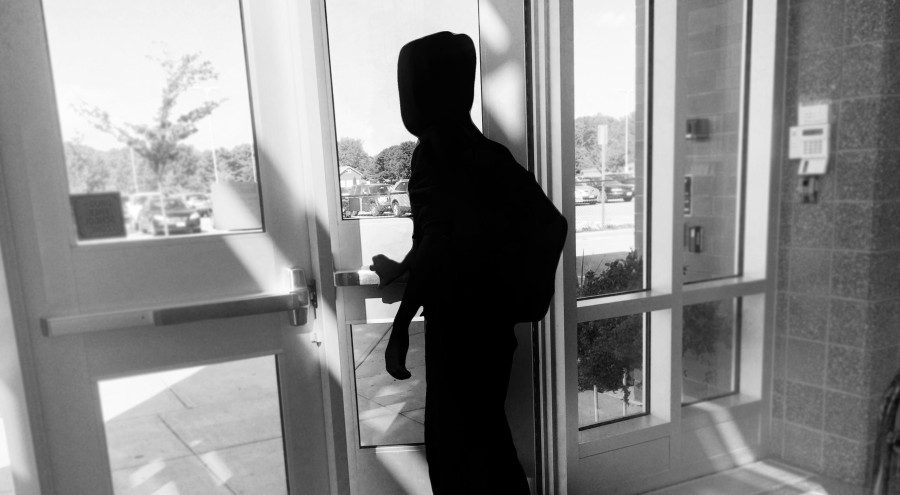New Maryland laws discourage students from dropping out
October 12, 2015
For the most part, high school dropouts in Frederick County are rare.
Recent reports have shown that less than two percent of students in Frederick County dropped out in 2014; however, there are some counties throughout Maryland that have much higher dropout rates, including Baltimore City and Prince George’s County, with dropout rates as high as five or six percent.
According to the Maryland Compulsory School Attendance Law, “all children between the ages of 5 and 16 who live in this state” must attend school. In July 2015, the law changed to include seventeen-year-olds. In 2017, the law will change again to include eighteen-year-olds. This law does not include students under eighteen who have met graduation requirements. The purpose of the move is to ensure that all students are encouraged to complete the high school diploma.
Students who drop out see leaving school as a freedom. In reality, dropping out may ruin their chances at a better life. Instead of freedom, it’s a prison they’re confined in.
Mr. Tom Kraft, school support teacher says, “It is very difficult when students are sixteen years old to fully understand the gravity of the decision of dropping out at that age.” Kraft’s focus is on helping at-risk students.
One idea behind why students drop out is that they simply aren’t interested in what the school system has to offer. “There isn’t anything that they see valuable, and I think that’s our challenge as a school system,” Kraft says.
Along with this, the financial consequences can be extreme. The estimated average difference between what a student who has a high school diploma versus a student who doesn’t have a diploma makes per year is around ten thousand dollars. Calculated for one a student who works from age eighteen to age sixty, a student without a diploma loses out on almost half a million dollars over the course of a working lifetime.
The law changing may also show the confidence that the school system puts in students to make their own decisions. Being told that “You aren’t old enough to make that decision” may come as an insult for many. However, Kraft says that “when you’re younger, you don’t necessarily know what you don’t know.” The ability to realize the consequences of that decision may not be evident in a younger person.
“I hear so many students who want to drop out talk about Bill Gates and Albert Einstein, and about how they dropped out and are world famous,” Kraft says. “The odds of dropping out and becoming the next Bill Gates? You have better odds of winning the lottery or being struck by lightning.”
Of course, a GED test is an alternative to a standard diploma. But that’s the thing: It’s just a test. “You prepare for it, you study for it, you take it.” Kraft says.
High school provides a unique experience that a simple test never could. “The diploma is about the academic piece, the social piece, the human interaction, sharing opinions and having discussion. It’s about learning from your peers and teachers,” Kraft says.
Of course, the choice is completely up to the student. However, being forced to stay in school until 18 may give a student more time to think about a life changing decision and will give schools more opportunities to find ways to engage the disengaged student.













